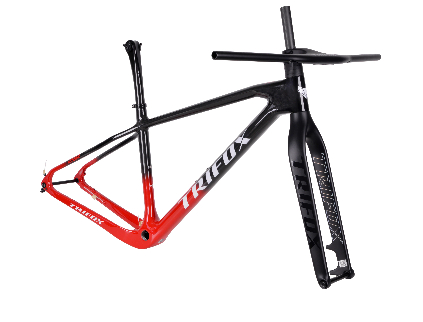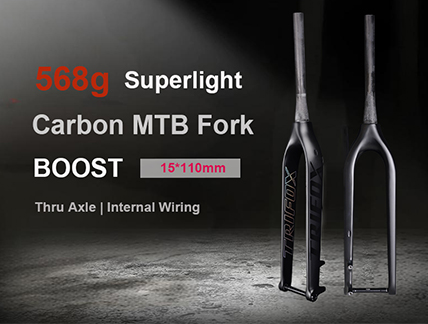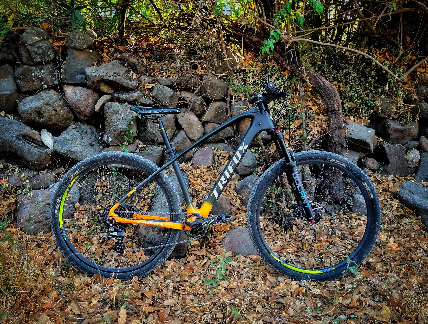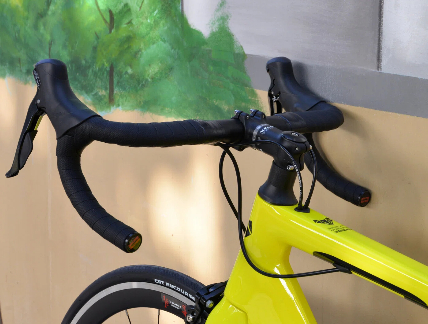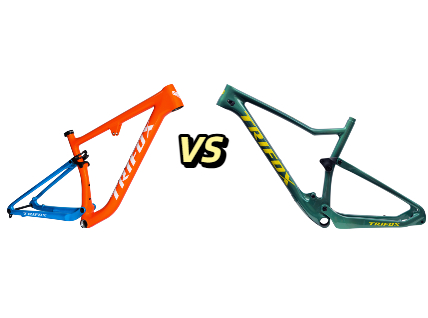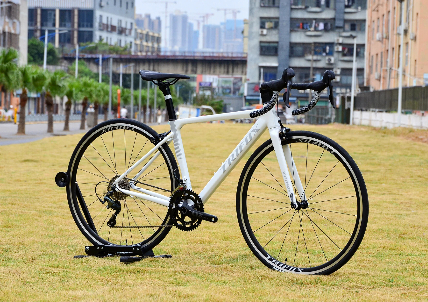If you often ride on the roads in the suburbs, the probability of a bicycle blowout will increase several times, because the roads in the suburbs are not cleaned by special personnel like the roads in the city, so there are more foreign objects. However, in the case of long-distance riding or outdoor off-road Next, a flat tire is a very distressing thing, so how can we effectively prevent a flat tire? Let us take a look together:
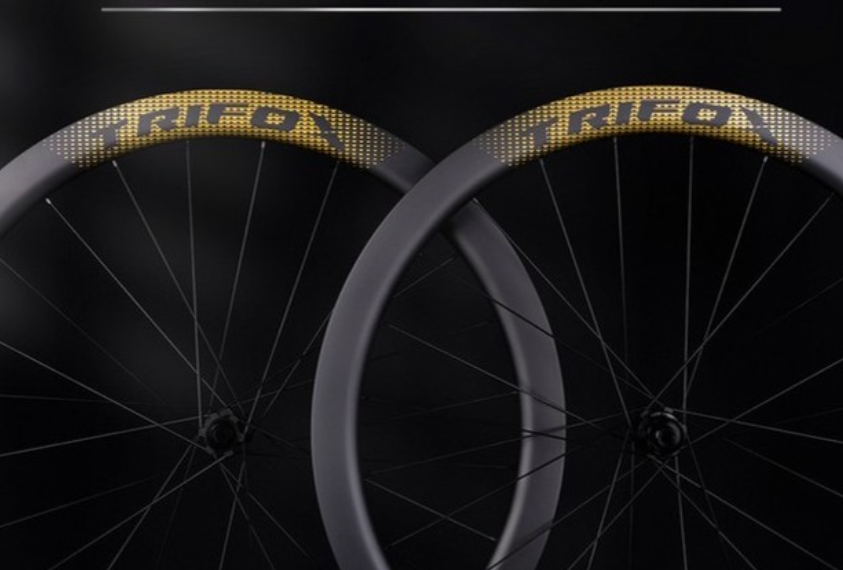
First:Precautions against tire puncture
Inflate enough, be sure to inflate enough, if there is an air cylinder for a barometer, please hit it close to the air pressure number marked on the tire. If you don’t have a barometer, feel it with your fingers. Generally speaking, the road bike should be hit until the tire can’t be squeezed with fingers (big man’s hand). The mountain bike can still be pinched when it is knocked down, but it is very, very hard to pinch. The benefits of high tire pressure are obvious. The tires are hard, and many sharp stones, broken glass, and the like will be bounced off after being hit, and cannot be pierced. Greatly reduces the chance of being stuck.
When parking for a rest, pay attention to check the outer tire to see if there is any broken glass, small iron pieces, stones, and the like embedded in the outer tire, and clean it up in advance. These things may not puncture for a while, but the speed and distance of riding will make them go deeper and deeper until they puncture the inner tube.
When riding a bicycle, watch the road and avoid suspicious things on the road. In addition, try to walk as close to the middle of the road as possible. Generally, glass and iron sheets are mostly on the side of the road.
Second:Precautions against cracking
The only reason for this is that the tires are under-inflated, so the tires are too soft, and there is not enough support when they hit hard objects, causing the inner tube to be squeezed towards the rim and smashed on the rim.
It may also be the factor of the outer tire. Regularly check the foreign matter on the outer tire. Many times, small stones and glass shards stuck to the tire but did not puncture the tire. If you don’t deal with it in time, as the riding increases, these foreign objects may get deeper and deeper, eventually leading to a puncture.
The preventive measures are the same as above: cheer up and watch the road more.
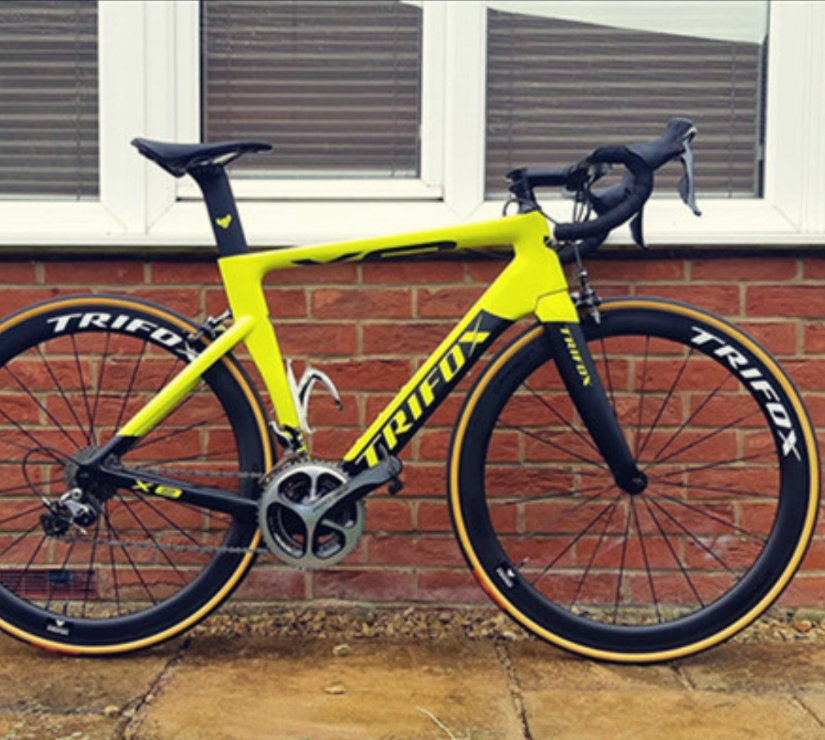
Third:Burst Precautions
This is usually due to tire problems. One is that the tire pad cannot withstand the high pressure, and it deforms too much inward or even ruptures, causing the inner tube to burst inward. The second is that the tire pads were not properly padded and moved, causing the holes on the rim to directly contact the inner tube, and burst under high pressure.
The solution is to choose tire pads that can withstand high pressure. If the tire pad is narrow and easy to slide, first wrap the inside of the rim with something like 3M tapes to cover all the holes. Moreover, it can increase the friction of the tire pad and reduce the possibility of slipping.
Fourth:Slow Exhalation Precautions
This situation is generally a quality problem with the inner tube. Inflate and check in advance before installing the inner tube. The spare tire you carry when you go out should also be checked in advance. Slow air release generally occurs at the mouth of the air, which is the place to focus on inspection.
In addition to the above situation, there is another situation that after a puncture, the inner tube has just been replaced, but the air leak is soon discovered.
There are two possibilities for this. One is that the thing that punctures the inner tube remains on the outer tire.
The preventive method is to carefully check the outer tire when repairing the tire. For the position of the broken tire, carefully mold the inner side with your hands to confirm that there are no foreign objects.
Another possibility is that the tire lever pinched the inner tube when installing the outer tire. The preventive method is to practice the tire-changing technique hard.































































